Sample Preparation Matters
Welcome to Datech Scientific Ltd, your trusted Laboratory Partner since 1989 for premium sample preparation equipment and laboratory automation solutions. We specialize in equipping laboratories with state-of-the-art instruments to support X-ray Fluorescence (XRF), X-ray Diffraction (XRD), Optical Emission Spectroscopy (OES), Induced Coupled Plasma (ICP) analyses, and more, through our esteemed partnerships with Herzog Maschinenfabrik, PD Instruments, Nucomat, and other innovators in the Laboratory environment.
http://www.datech-scientific.co.uk/analysis/xrf/
X-Ray Fluorescence Spectrometry (XRF Analysis)
XRF is a widely used analytical technique used to determine the elemental composition of inorganic materials, both solids and powders.
XRF Theory
An electron can be ejected from its atomic orbital by the absorption of a light wave (photon) of sufficient energy. The energy of the photon (hv) must be greater than the energy with which the electron is bound to the nucleus of the atom. When an inner orbital electron is ejected from an atom, an electron from a higher energy level orbital will be transferred to the lower energy level orbital. During this transition a photon maybe emitted from the atom. This fluorescent light is called the characteristic X-ray of the element. The energy of the emitted photon will be equal to the difference in energies between the two orbitals occupied by the electron making the transition. Because the energy difference between two specific orbital shells, in a given element, is always the same (i.e. characteristic of a particular element), the photon emitted when an electron moves between these two levels, will always have the same energy. Therefore, by determining the energy (wavelength) of the X-ray light (photon) emitted by a particular element, it is possible to determine the identity of that element.
For a particular energy (wavelength) of fluorescent light emitted by an element, the number of photons per unit time (generally referred to as peak intensity or count rate) is related to the amount of that analyte in the sample. The counting rates for all detectable elements within a sample are usually calculated by counting, for a set amount of time, the number of photons that are detected for the various analytes’ characteristic X-ray energy lines. It is important to note that these fluorescent lines are actually observed as peaks with a semi-Gaussian distribution because of the imperfect resolution of modern detector technology. Therefore, by determining the energy of the X-ray peaks in a sample’s spectrum, and by calculating the count rate of the various elemental peaks, it is possible to qualitatively establish the elemental composition of the samples and to quantitatively measure the concentration of these elements
The Benefits of XRF:
Fast analysis times
Relatively low cost
Detection limit of typically around 0.01% for most elements
Quantitative analysis
Majority of elements determined
Bulk analysis
Typical ApplicationsQC/QA control in primary manufacture
Raw material and intermediary analysis
Research and development
Batch conformity testing
Identification of unknown materials
Typical Industry Sectors using XRFCement manufacturers
Glass and ceramic manufacturers
Minerals
Iron & Steel
Non-ferrous Metals
Aerospace
Automotive
XRF Laboratory Tips – Sample Preparation
Many laboratories spend a considerable amount of time and money setting up a XRF laboratory but sometimes fail to realise the full benefits. This is often due to poor sample preparation maintenance practices. Sample preparation equipment tends to be purchased, put into service and then forgotten about. Somehow it is expected to run forever. It is often not until a mill stops running, fused beads shatter repeatedly or the QC samples go out of control that action is taken. Results obtained from an XRF spectrometer are only as good as the sample presented to it. Below we look at a number of steps in the sample preparation process and suggest some simple maintenance actions that will greatly assist the quality of results.
Primary Sample Crushing and Splitting
The greatest potential threat to analysis quality at this stage of the operation is sample contamination. This is especially so in automated grinding systems. A strict protocol needs to be in place to ensure that mills and sample dividers are cleaned between samples. For automated systems a maintenance regime that includes ensuring that drains are not blocked, cleaning reservoirs are full, that the cleaning and dust extraction cycles operate correctly, are required. Mills and grinding elements should be replaced or refurbished if they become badly pitted (i.e. can retain traces of the previous sample).
XRF Pressed Powder Pellets
To obtain good XRF results using the pressed powder technique, control of particle size is absolutely critical. Particle size can be controlled by closely controlling grinding time and the mass of sample introduced to the mill. Initially grinding times are determined by experimentally constructing grinding curves. These are plots of XRF intensity versus grinding time. XRF intensity initially rises sharply with grinding time and then tends to plateau. The chosen grinding time should be in the “plateau” region. Grinding time should be set by means of a timer connected to the mill power supply. Control of mass can often be achieved by using scoops of a suitable volume. In production or when rapid analysis results are needed there is often a temptation to shorten the grinding time. Operators need to be given an understanding of why grinding times must not be altered. A similar set of operational and maintenance protocols are required as for Primary Crushing to minimise the risk of sample contamination.
XRF Fusions
XRF bead quality is critical for good XRF results and yet many operators will tolerate poor quality (chipped, scratched, not flat) or cracked beads. Factors that affect bead quality include:Fusion temperature
Mould temperature
Quality of the platinum ware surface
Mixing during fusion
Cooling rate
Sample flux rat
Flux composition
Sample composition
Use of a release agent
Assuming that we are dealing with an established fusion method (i.e. sample and flux type and ratio have already been established) then it is essential that the first five items above are maintained and consistent. The Herzog range of HF Fusion Machines are PLC controlled with up to 16 individual program set-ups to enable consistency and reliability in all the critical factors above which can affect bead quality.
Platinum ware, especially casting dishes, should be in good condition, and cleaned on a very regular basis. Crucibles and casting dishes should be free from pits and scratches, casting dishes should be flat and should have a high polish. Casting dishes should be re-polished regularly and crucibles keep in good shape. Dishes that are in poor condition will invariable cause XRF beads to stick to the mould and/or crack. Commercial crucible reshaping tools and polishing equipment is available.
Adherence to the above practices will help ensure that your XRF laboratory operates smoothly and produces quality results. A regular maintenance program is preferable to a sample preparation crisis.
Wavelength Dispersive X-Ray Fluorescence (WD-XRF) Simultaneous & Sequential Detection)
Sample Excitation Source
Primary X-Rays
Sample Material & Preparation Method
Metallic & Non-Metallic Solids, Liquids and Powders with Crushing, Remelting, Milling, Grinding, Pressing, Fusion or Dissolution via acid or solvent
Form of Prepared Sample
Solution, Solid Pressed Powder Sample, or Fused Borate Silicate Bead
Typical Industry
Metals & Alloys Production, Non-Metallic Materials Production, Education and Environmental Testing
Advantages
Fast Speed of Analysis, Sample Type and Quality Versatility. Documented Sample Preparation Methods
Disadvantages
Sequential Analysis. Slower & Increases Running Costs / Higher Cost Per Sample
Energy Dispersive X-Ray Fluorescence (ED-XRF)
Sample Excitation Source
Primary X-Rays
Sample Material & Preparation Method
Metallic & Non-Metallic Solids, Liquids and Powders with Crushing, Remelting, Milling, Grinding, Pressing, Fusion or Dissolution via acid or solvent
Form of Prepared Sample
Solution, Solid Pressed Powder Sample, or Fused Borate Silicate Bead
Typical Industry
Metals & Alloys Production, Non-Metallic Materials Production, Education and Environmental Testing
Advantages
Portable, Low Cost, Fast Speed of Analysis, Sample Type and Quality Versatility. Documented Sample Preparation Methods
Disadvantages
Sequential Analysis. Slower & Increases Running Costs. Lower Precision compared to wavelength dispersive x-ray fluoresence (WD-XRF)
Sample Preparation Equipment
Crushing
Course Crushing and Pre-Crushing of Sample Material
Fusion
Ideal for Preparation of Samples with Inconsistent Matrices for Fused Bead XRF, ICP, AA and Other Analyses
Benchtop Preparation
Perfect for laboratories with space constraints seeking high quality, cost effective equipment with low maintenance requirements.
Pulverising / Grinding
Fine Grinding / Pulverising of Sample Material to Guarantee Homogeneity
Milling / Grinding
Ideal for Solid Alloy Samples to Prevent Contamination and Remove Defects for OES, XRF and Other Analyses
Pressing
Pressing of Sample Material for X-ray Fluorescence, X-ray Diffraction and Other Analyses
Wet Chemistry
Requires a variety of liquid handling, dosing, digestion, inspection and analyses techniques
Standalone Semi-Automatic Preparation
Purpose Built for Industrial Laboratories with rapid cycle times, reduced operator interaction and dwell time maximising throughput and precision.
Standard & Bespoke Automatic Laboratory
Designed to tackle the most repetitive and challenging laboratory applications 24-7-365, fully automatic preparation is the future for process laboratories.
Why Choose Datech Scientific Limited?
At Datech Scientific Limited, we're not just about providing equipment; we're about delivering solutions that drive success. With our cutting-edge technology, tailored solutions, and a commitment to excellence, we ensure your laboratory or industrial processes are efficient, reliable, and above all, accurate and precise.
Why settle for less when you can partner with a leader in scientific innovation?
Expertise in Sample Handling and Preparation: Our deep understanding ensures you get accurate results every time.
Tailored Solutions: From industrial to laboratory scale, we have standard and customisable solutions to meet your specific needs.
Quality Equipment: Embrace reliability with our selection of effective sample preparation equipment.
Ongoing Support: Enjoy comprehensive support from our team. We are dedicated to your success as you will become a customer for life.
Don't let your analysis be anything less than exceptional. Choose Datech Scientific Limited for sample preparation solutions. Contact us today to elevate your operations to the next level.
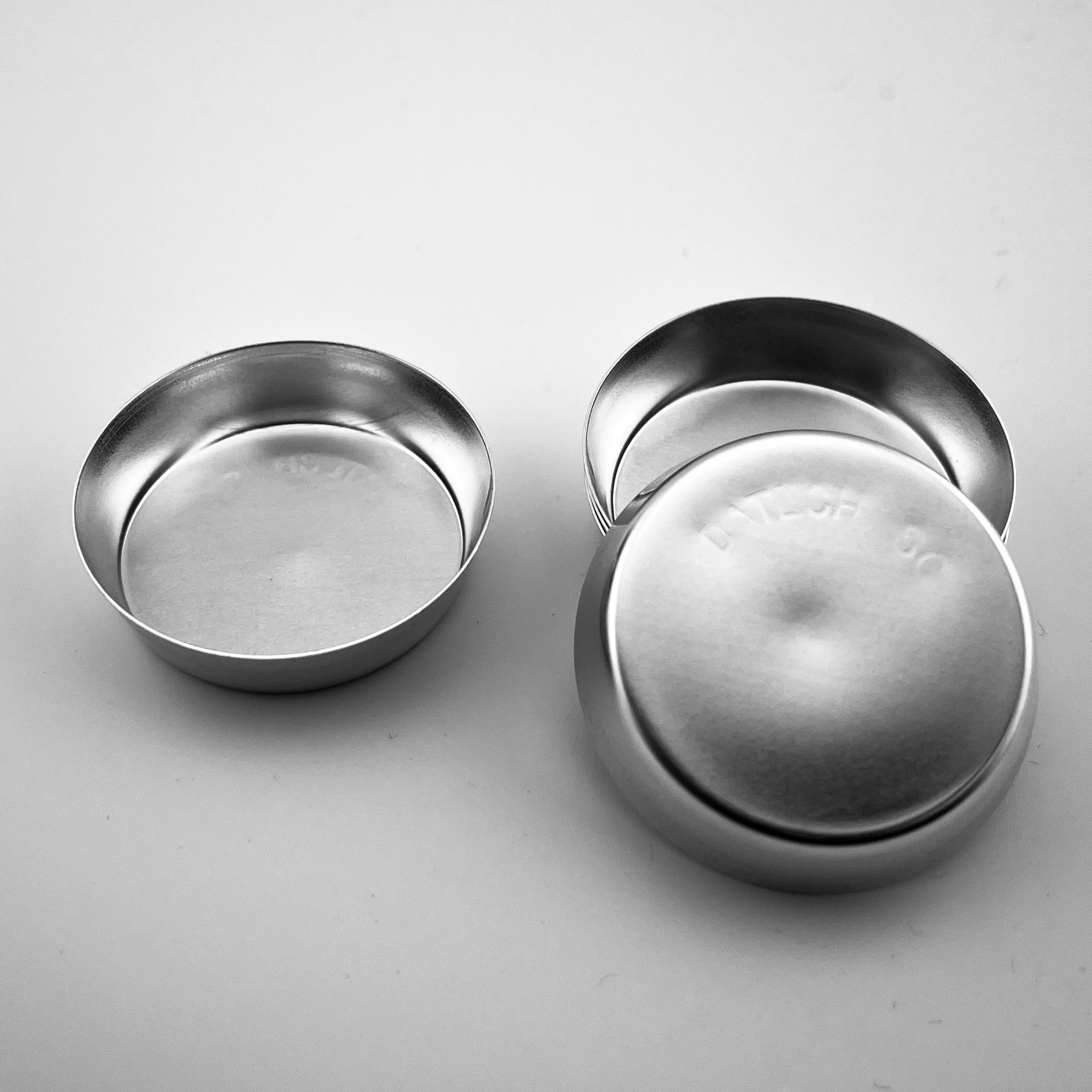
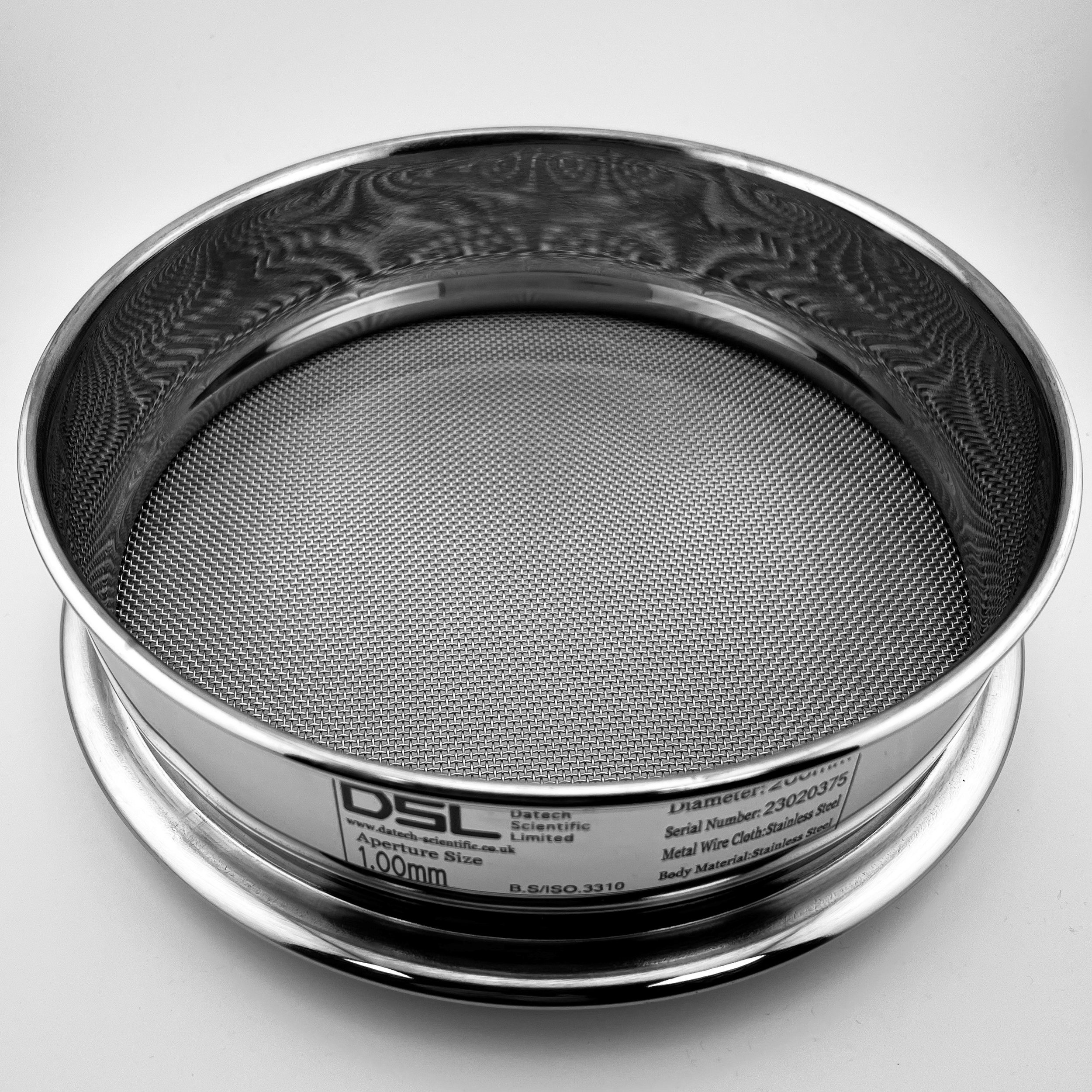
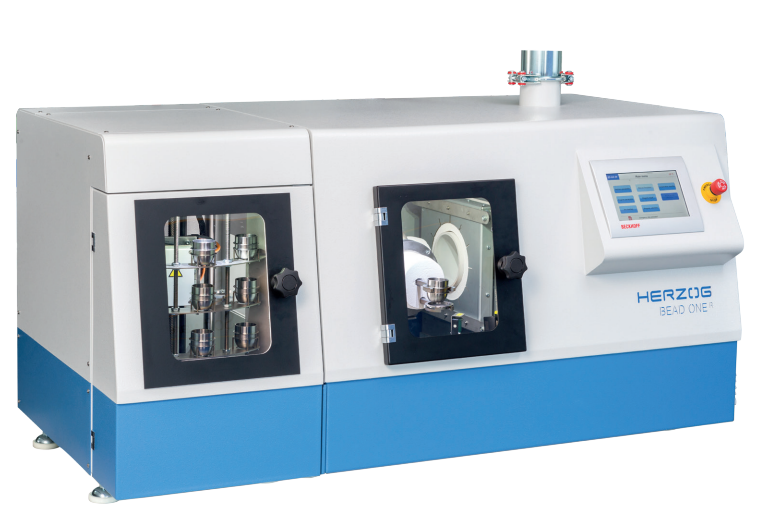
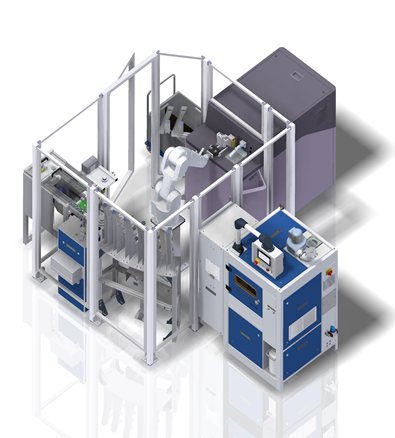

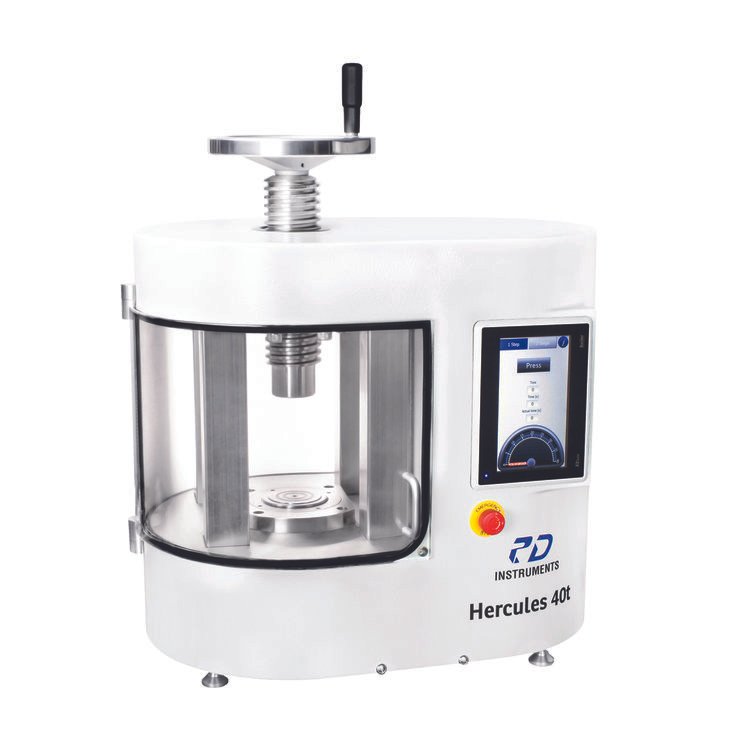
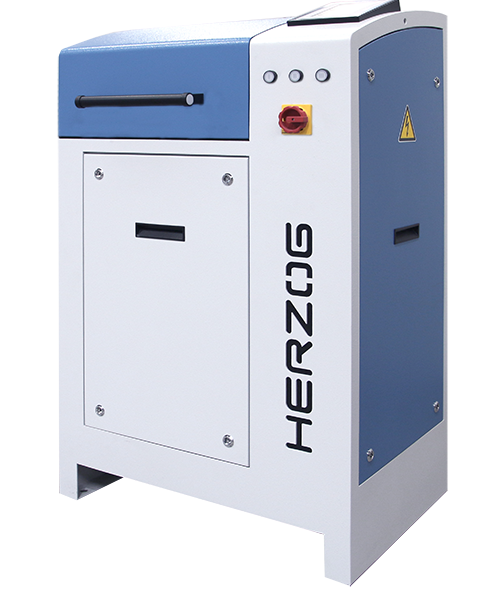

Become a Valued Customer and Partner








